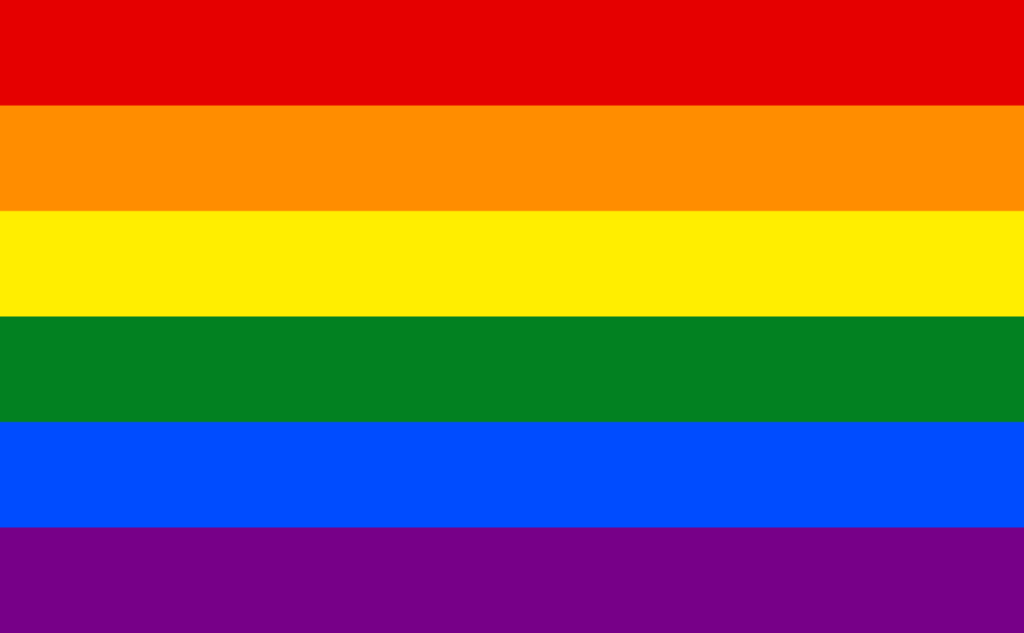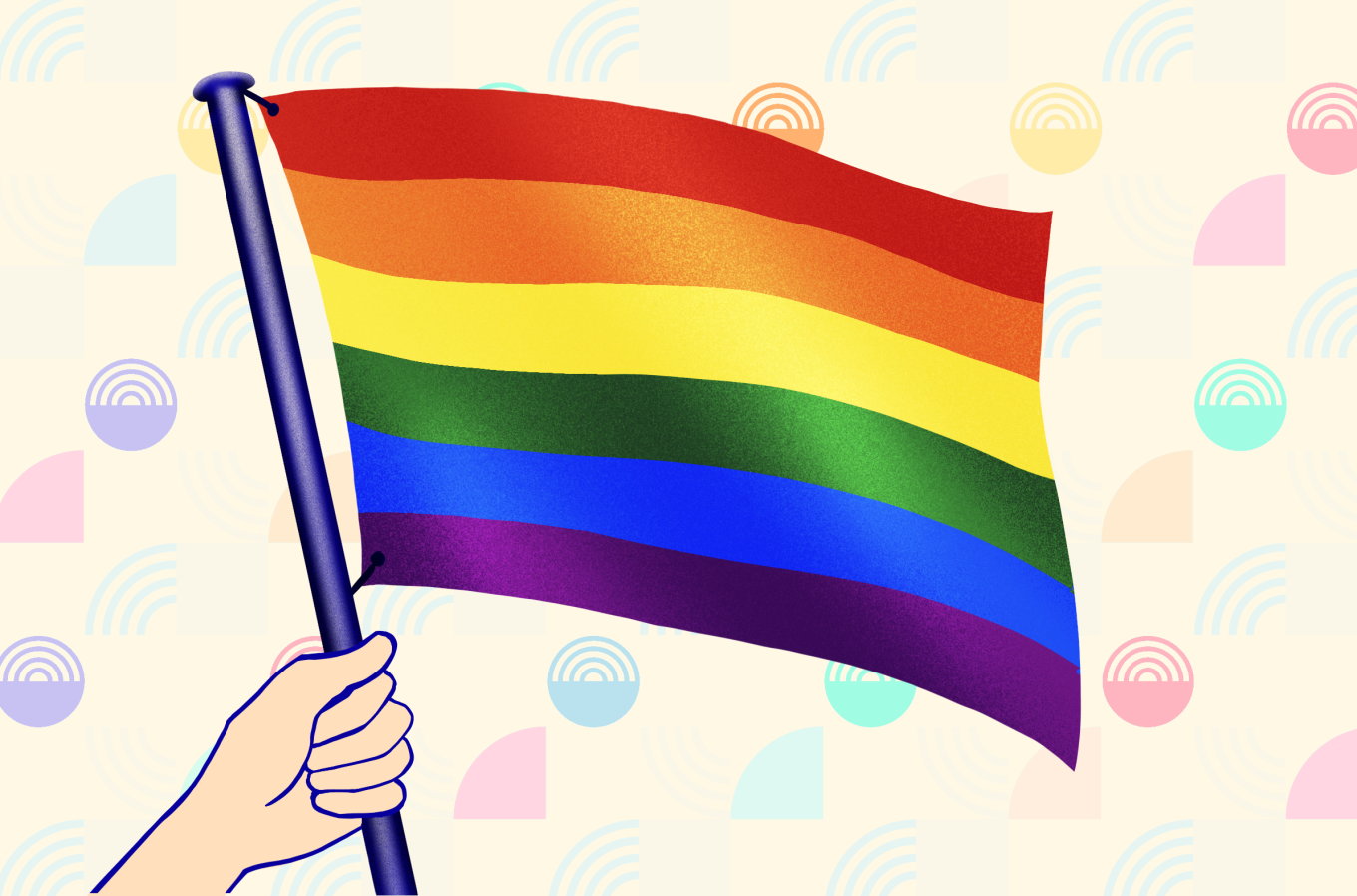The so-called “rainbow flag” has probably been a symbol of LGBTQIA+ dignity and movements for years to many of us. However, its history and meaning of colors may be unknown to many.
► What does LGBTQIA+ mean? — This abbreviation stands for Lesbian, Gay, Bisexual, Transgender, Queer, Intersex, and Asexual people, and the “+” sign is for all the other queer identities, and expresses openness and acceptance towards people who consider themselves members of this community.
History of the Rainbow Flag
The history of the creation of the “rainbow flag” begins in 1978, when the American artist Gilbert Baker, who was an openly gay man and a drag queen, developed the first design of the flag. The flag first appeared in the US at San Francisco pride march, and since then the visibility and acceptance of the “rainbow flag” has grown significantly. Today it is internationally recognized as one of the main symbols of the LGBTQ+ community.
The original version of the flag consisted of eight colors, but today the most popular is its six-color version, among which are: red, orange, yellow, green, blue and purple. The flag is usually presented horizontally and starts with a red stripe, like a rainbow.
Baker later said that Harvey Milk encouraged him to create a symbol of dignity for the gay community. Harvey Milk was one of the first openly gay men to hold public office in the United States. Baker decided that such a symbol should be a flag because, in his opinion, flags are the most powerful symbols of dignity. Baker later said in an interview:
“Our goal as gay people was to come out, to be visible, to come out of the lie and live with the truth. A flag served this mission perfectly, as it was a way to announce your visibility and say — “This is me!”
- Also read our article: Talking About One’s Identity Openly – Am I Ready to “Come Out”?

For Baker, the rainbow was the natural flag of the sky, so he created his flag out of 8 colors, and each had its own meaning. The original eight colors had the following meanings: pink — sex, red — life, orange — health, yellow — sunlight, green — nature, turquoise — art, indigo — harmony, purple — soul.
The first versions of the “rainbow flag” were raised on June 25, 1978 at the San Francisco gay freedom day march. Baker and volunteers made the flags for the march themselves, though Baker wanted to mass-produce them for everyone. Due to production problems, pink and turquoise had to be removed from the flag, and indigo was replaced by plain blue. As a result, we got the 6-color flag, which is the most popular and widespread version of the “rainbow flag” today.
The “rainbow flag” gained true popularity in 1994, and became a symbol of LGBTQ+ dignity. This year, Baker created a nearly two-kilometer (1-mile) version of the flag for the 25th anniversary of the Stonewall riots. Today, the “rainbow flag” is an international symbol of LGBTQ+ dignity, and it is proudly raised during both hopeful and difficult times around the world.
The Meaning of the Colors of the Modern “Rainbow Flag”
 Wikimedia
Wikimedia
The colors of the modern “rainbow flag” reflect both the diversity of the LGBTQ+ community and the spectrum of human sexuality and gender identities. The 6-striped flag is usually presented horizontally and starts with a red stripe, like a rainbow, and its individual colors have the following meaning:
- Red — Life
- Orange — Health
- Yellow — Sunlight
- Green — Nature
- Blue — Harmony/Peace
- Purple — Spirit
Sources: University of Colorado, Queer in the World, Britannica


